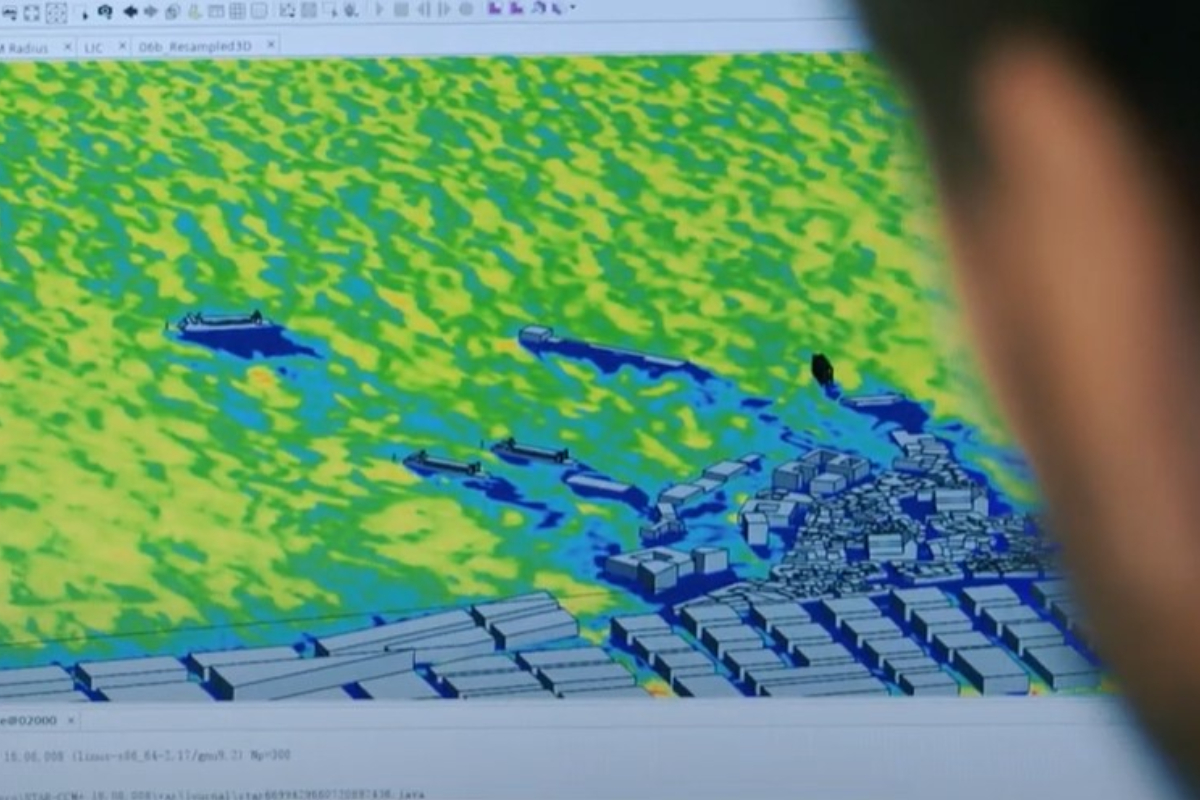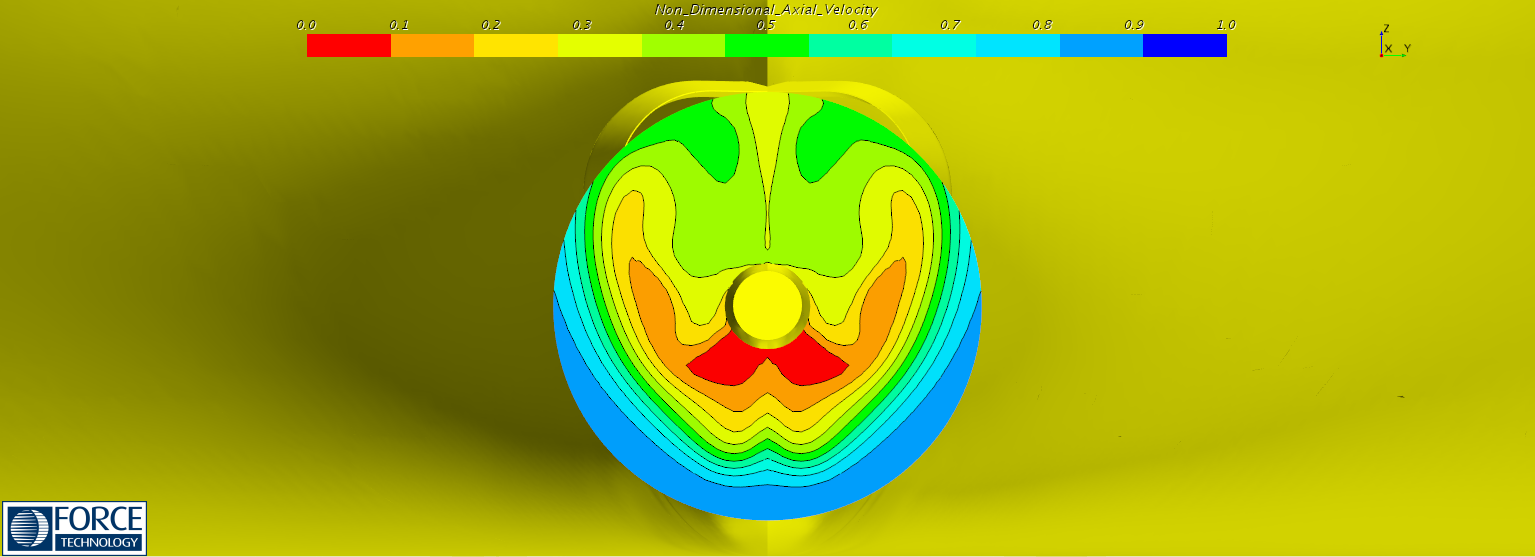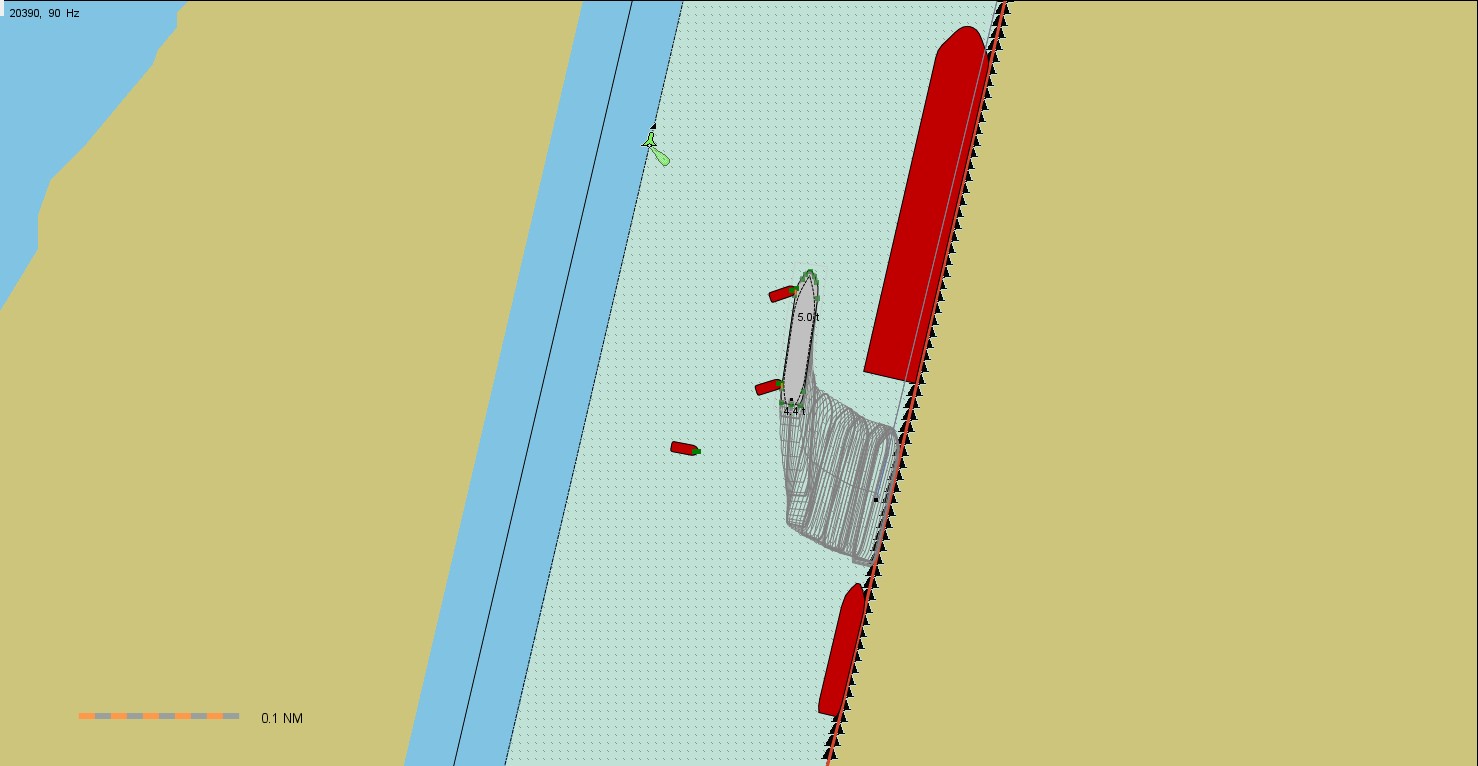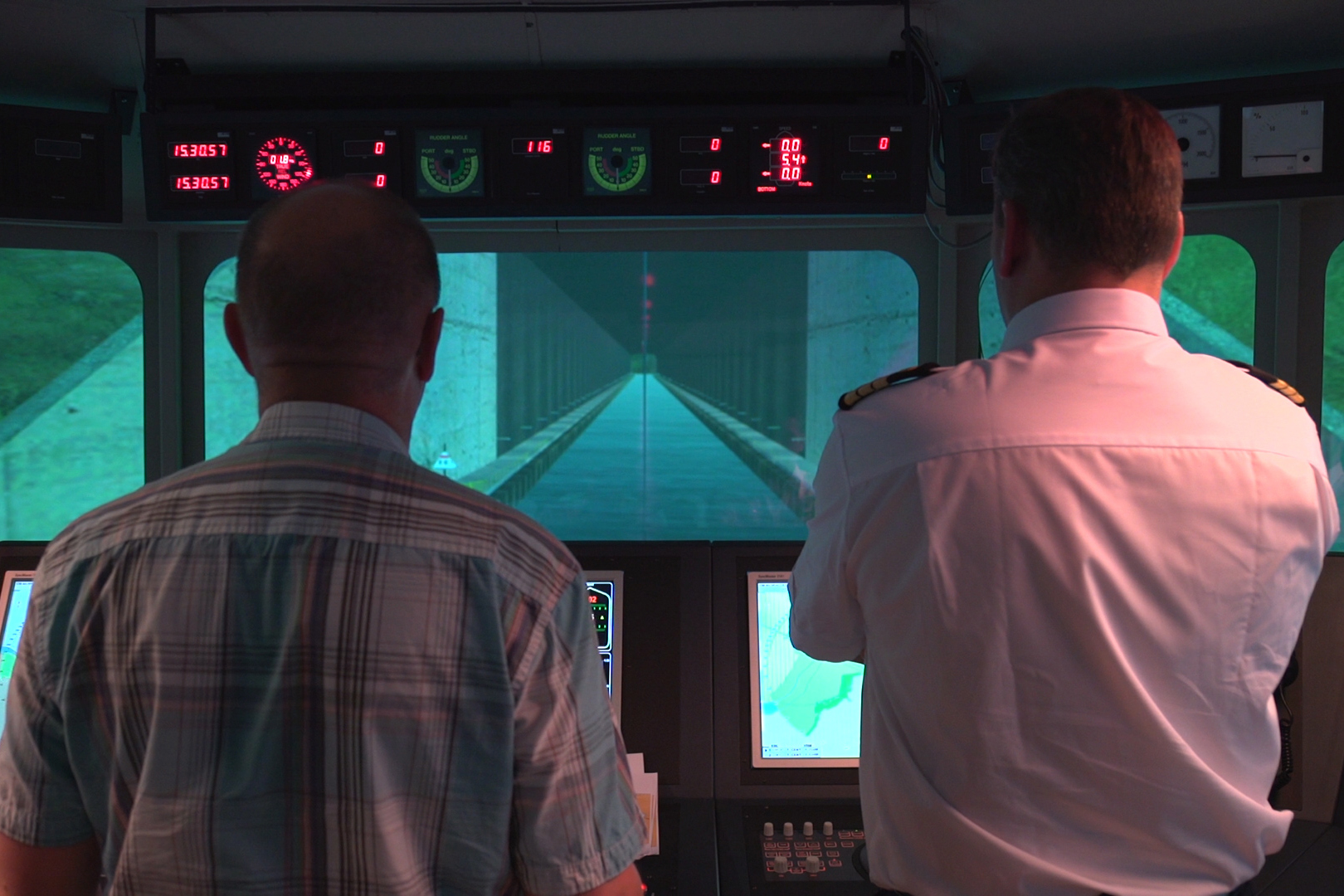Inland waterways – risks and possibilities
Inland waterways are important to the efficiency of the global transportation of goods. However, as the ships become larger, effects like banks, current and shallow water become more and more significant and challenging.
By modelling the waterway and carrying out simulations with waterway and ship, we can evaluate how these effects can be handled properly to avoid accidents and expensive downtime.
What makes inland waterways special?
When the large ships sail through the channels they are very close to the banks, which may cause bank effects. Bank effects mean that the bow is pushed away from the bank whilst at the same time being drawn closer to it. Furthermore, the ship often faces a strong current which adds to the effects of bank and seabed and makes it difficult to maneuverer the ship.
Inland waterways also often have shallow waters. When a ship sails in shallow waters it becomes sluggish because of the suction between the hull and seabed (also known as the Bernoulli effect) which will also effect its maneuverability.
All these obstacles set high demands of the ship’s manoeuvrability as well as the navigator’s skills. Therefore, proper evaluation and training is necessary to succeed with safe operations.
Ships passing without collisions
It also happens that ships pass each other in the channels. This is also something that requires thorough studying and training to be carried out safely. Even though the channel may be wide enough for two ships at a time, the ships will affect each other - also known as ship-ship interactions.
Ship-ship interactions can be compared to channel effects, as suction and pressure will occur when the ships pass each other. This way control over the ships can be lost and they can change course uncontrolled.
” We have seen serious incidents happening because of ship-ship interactions. When the ships pass each other they can be sucked towards each other and end up colliding”, explains Bugge Torben Jensen, senior project leader at FORCE Technology.
It is crucial to evaluate the safe distance between the ships. If a ship suddenly experiences engine failure while sailing through a channel, it is important to know how much distance is required to avoid a collision.
These accidents can be prevented by evaluating/training the operation in the simulator, as we can define how much space between the vessels is required. The local pilots can be trained in handling these situations and knowing when passing other ships is unsafe.





